这期的博客,我会带大家来探访下萨里大学所在城市吉尔福德的标志性历史建筑-吉尔福德城堡,它位于萨里郡郡治吉尔福德的市中心位置,距离商业街high street和各购物中心都很近。这里地势较高,如果没有后来长大的林木遮掩,可俯瞰吉尔福德地区大部。城堡目前仅存主堡和周围几个小型堡丘,原先的城墙和堡地建筑早已尘风湮没在尘封的历史中了。
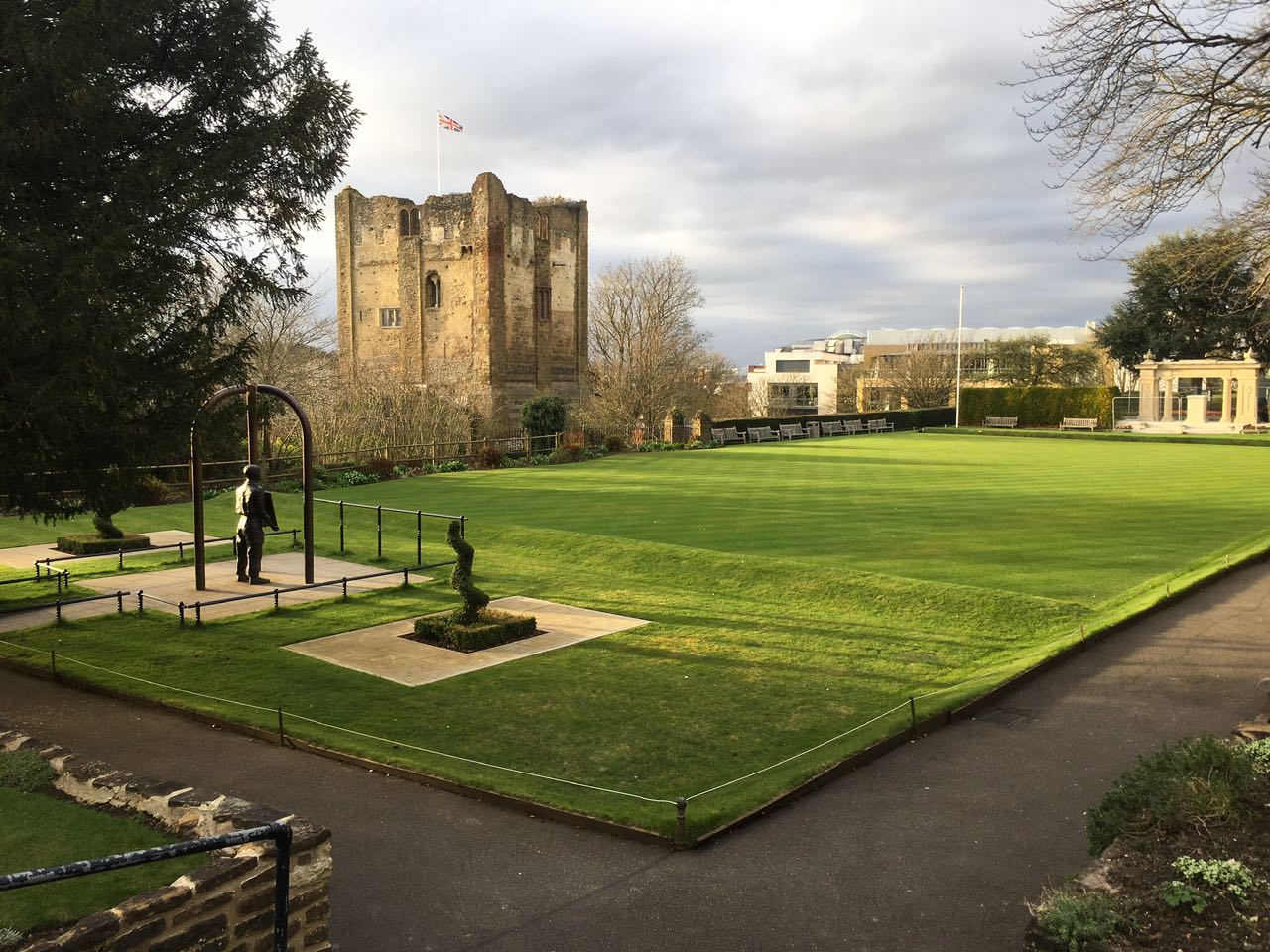
尽管关于吉尔福德城堡的历史文献记载不是很多,但几乎可以肯定它建造于1066年征服者威廉时期,而且大部分历史学家都相信就是威廉本人动用资源营造了这座城堡去巩固他的统治以及防止抵抗。由于征服者威廉是由英格兰东南部海岸登陆并取得了黑斯廷斯战役的胜利,位于伦敦和东南海岸之间的吉尔福德的地理位置对于军事要塞来说便是一个完美的选址。
Although there are no documents about the early years of Guildford castle, it is almost certain that it was built shortly after the Norman conquest of 1066. Most historians believe William the Conqueror built castles in all the important towns to prevent rebellion and to strengthen his hold on the country. The reason is quite clear that Guildford was an obvious ideal site for a fortification as it was the only town in Surrey (apart from Southwark). It was also on a very important route that brings London and the south coast and the west of England together.

城堡的外形特征
下面我们一起来看看城堡的外形和结构吧。城堡的结构分为几部分,第一个建筑是被沟渠环绕的木墩或丘陵,以及由木栅栏护卫的毗邻的堡场和院落。堡场边界沿南山的城堡街的边缘,并沿与采石场街平行的线但向东分布。在当时,它就已经成为了萨克森自治市镇的一部分。堡场可被分为内场和外场,部分地沿着旁边板球场和城堡场地之间的路线。城墙内有一些低矮的堡丘,经查证这里之前可能有一座木塔,用于瞭望和哨位警戒。在12世纪初,中间最大的一个堡丘顶部周围备用夹杂着贝克的岩土筑起了厚厚的墙体。后来,1130年左右,在城墙的一侧建造了一个城堡或高塔,它的一部分建造于人造丘堆之上来承担塔的重量。这座城堡是由Godalming地区的Bargate石头建造的,因为它比当地的石料建材要坚固。城堡主题有两层,主要用于防御,也可用作领主或国王的居所。如果我们向上看,墙壁上有锯齿状装饰,这大概是哨兵的步道墙。

What would the castle have looked like?
The first structures at the castle would have been the motte, or mound, surrounded by a ditch, and an adjoining bailey, or courtyard, defended by a wooden palisade.
The bailey boundary ran along Castle Street, South Hill, the edge of what is now Racks Close and along a line parallel with Quarry Street but to the east. It may have used part of the Saxon borough boundary. The bailey was probably divided into an inner and outer bailey, partly along the line of the path between the bowling green and the castle grounds.
There was probably a wooden tower on the motte, providing a lookout post for the garrison. In the early 12th century a chalk wall, or shell-keep, was built around the top of the motte. Later, perhaps in the 1130s, a keep, or great tower, was built to one side of the motte. It was probably over part of the shell-keep and also used the natural chalk below the artificial motte to take the weight of the tower. It was built of Bargate stone from the Godalming area, as it is stronger than the local chalk. It had two floors with the door on the first floor for both defence and status. It was probably built as the King’s private apartments. The walls were finished with crenellations, and presumably a wall-walk for sentries.
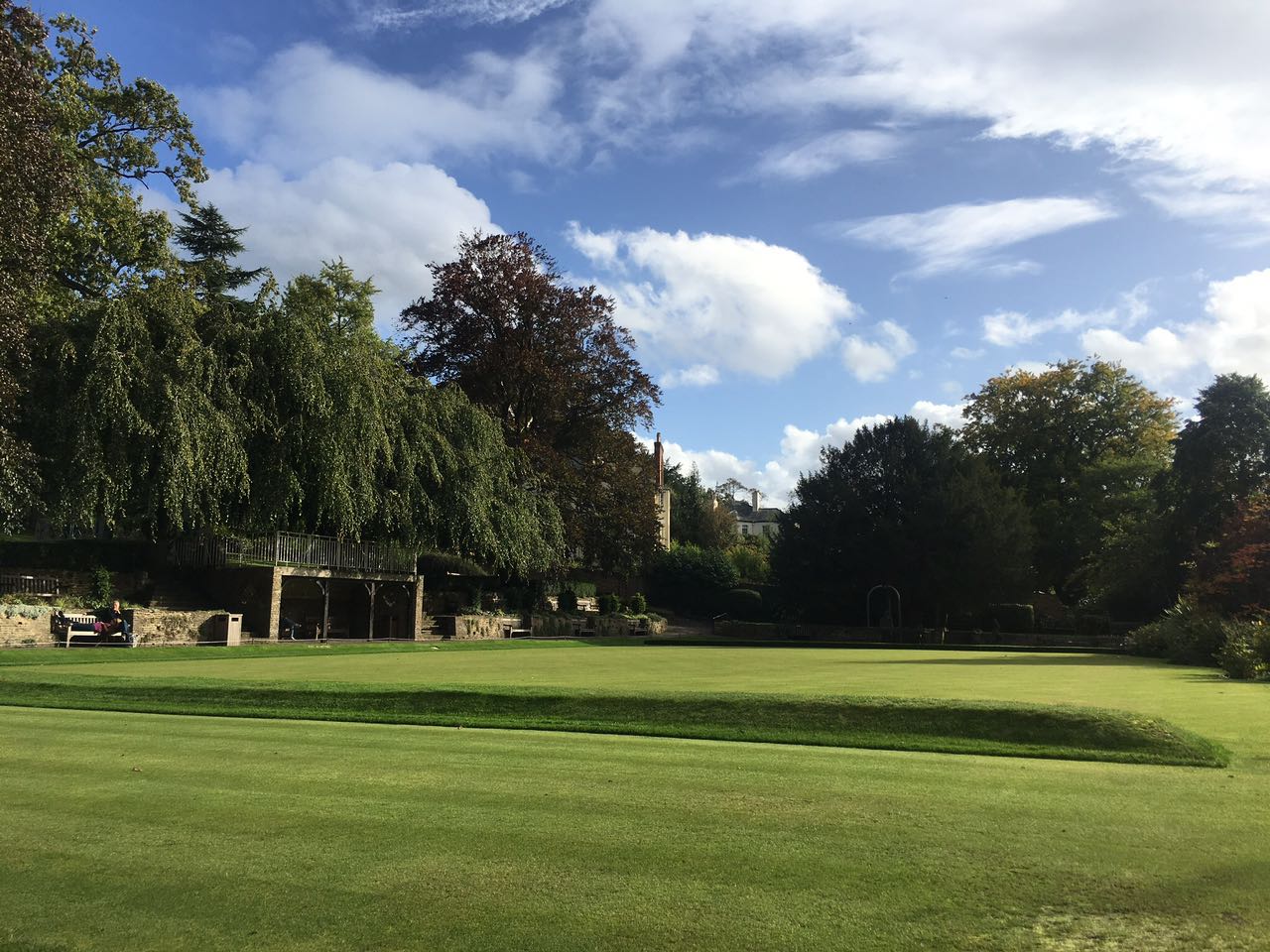
城堡的建设及发展
据记载,在12世纪后期,这座塔楼成为了本地区治所的所在地,并成为萨里郡和萨塞克斯郡的监狱。领主的居所连同其他所有民用建筑和小教堂一起搬到了堡地中更好的地方。城镇大堂据推测可能位于城堡山底部的两所房屋的所在地,它由类似大理石的石材作为主体结构,木料作为内饰、过道、栏杆和阶梯。
在13世纪,亨利三世对这里进行了许多改良,使这座城堡被称为宫殿。他的王后在房间里营建了一个非常大的新窗户,两个大理石柱分列两侧。大会堂装饰有有包含寓意的彩色玻璃窗和壁画,包括“财主和拉撒路”的故事,以提醒国王慈善。通往亨利私人房间的通道的屏幕上画有忏悔者爱德华和圣约翰的传说。其中,亨利的卧室被漆成绿色,上面绘饰有金色和银色的星星。除此外,他在外部还有一个由周围环绕着一个大理石柱廊的花园。 1254年,一场大火损坏了大厅和其他建筑物,但修缮工作仍在继续。
1245年,亨利继续购置了土地来扩展城堡下的堡地。很可能这片区域覆盖到当时采石场街上。 1246年,他为7岁的儿子-王位继承人爱德华建造了一套房间。据考证,城堡崖壁下花园尽头的废墟可能便是其中的一部分区域。1256年,采石场街大门修建,由国王的首席泥瓦匠-格洛斯特的约翰和木匠亚历山大来监督,他们负责特伦特河以南的所有王室工程。城堡最初的大门是在通利斯盖茨对面的堡地另一边,但如今早已湮没在历史长河中,甚至没有留下任何痕迹。采石场街新的大门表明亨利改变了整个城堡布局的重点。后来,他在堡地里为来自西班牙卡斯蒂利亚的儿媳埃莉诺和女王的骑士建造了更多房间。
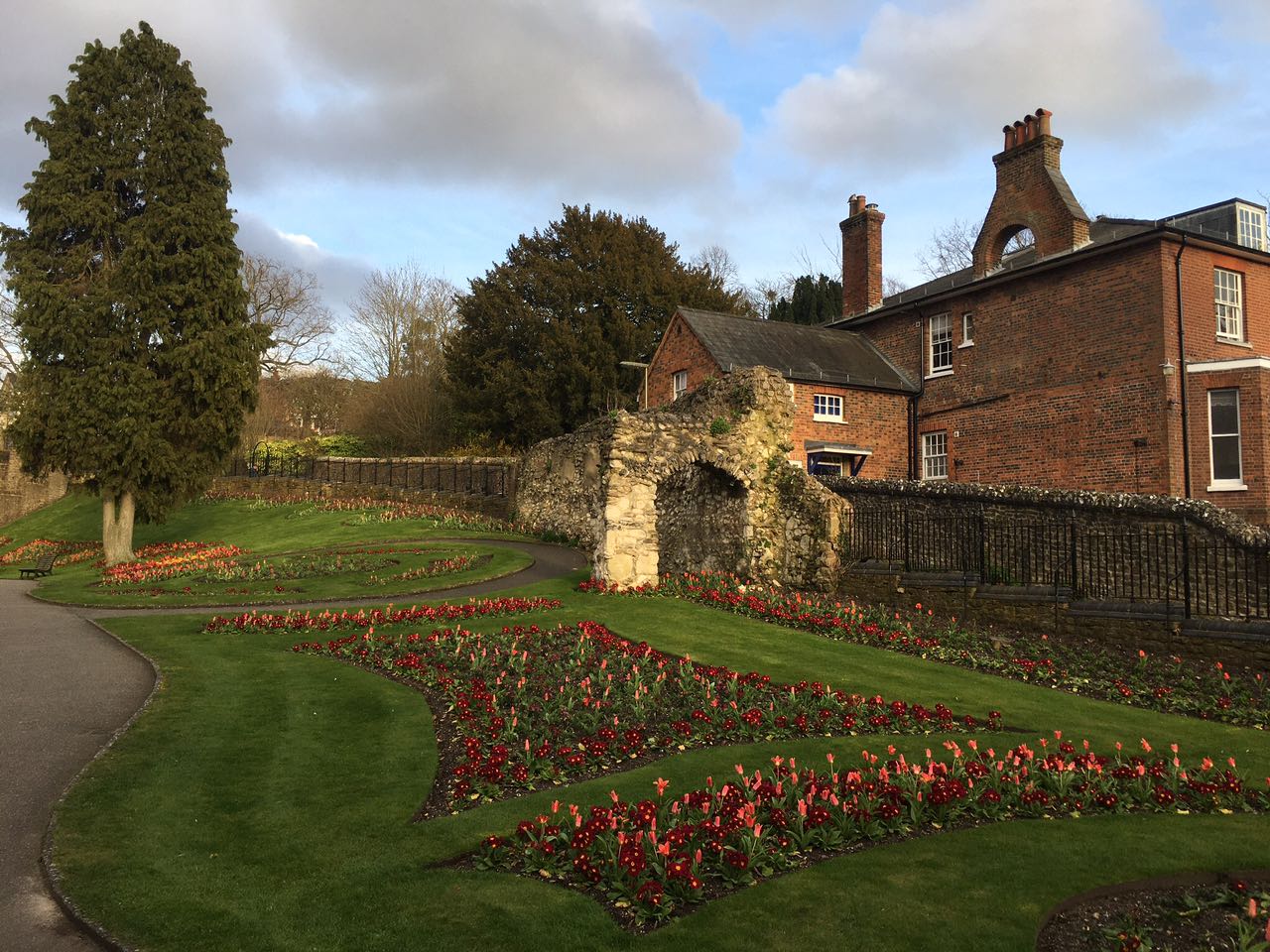
How the castle developed
The first floor rooms consisted of the main chamber, a chapel, and a wardrobe chamber with a latrine. Not long afterwards a second floor was added. This had a two-seater latrine, showing that more people were using the building. The roof was of lead, and the walls were plastered and whitewashed.
In the later 12th century, the tower became the headquarters of the Sheriff and the county gaol for Surrey and Sussex. The King moved to better apartments in the bailey, together with all the other domestic buildings and a chapel. The Great Hall was probably on the site of the two houses at the bottom of Castle Hill. It was stone, with wooden aisle posts painted to look like marble.
In the 13th century, Henry III made many improvements, which caused the castle to be referred to as a palace. His queen had a new window in her rooms, made as large as possible, with two Purbeck marble columns.
The Great Hall was given windows with coloured glass, and wall paintings, including the story of Dives and Lazarus, to remind the King to be charitable. A screen by the passage leading to Henry’s private chambers was painted with the legend of Edward the Confessor and St. John.
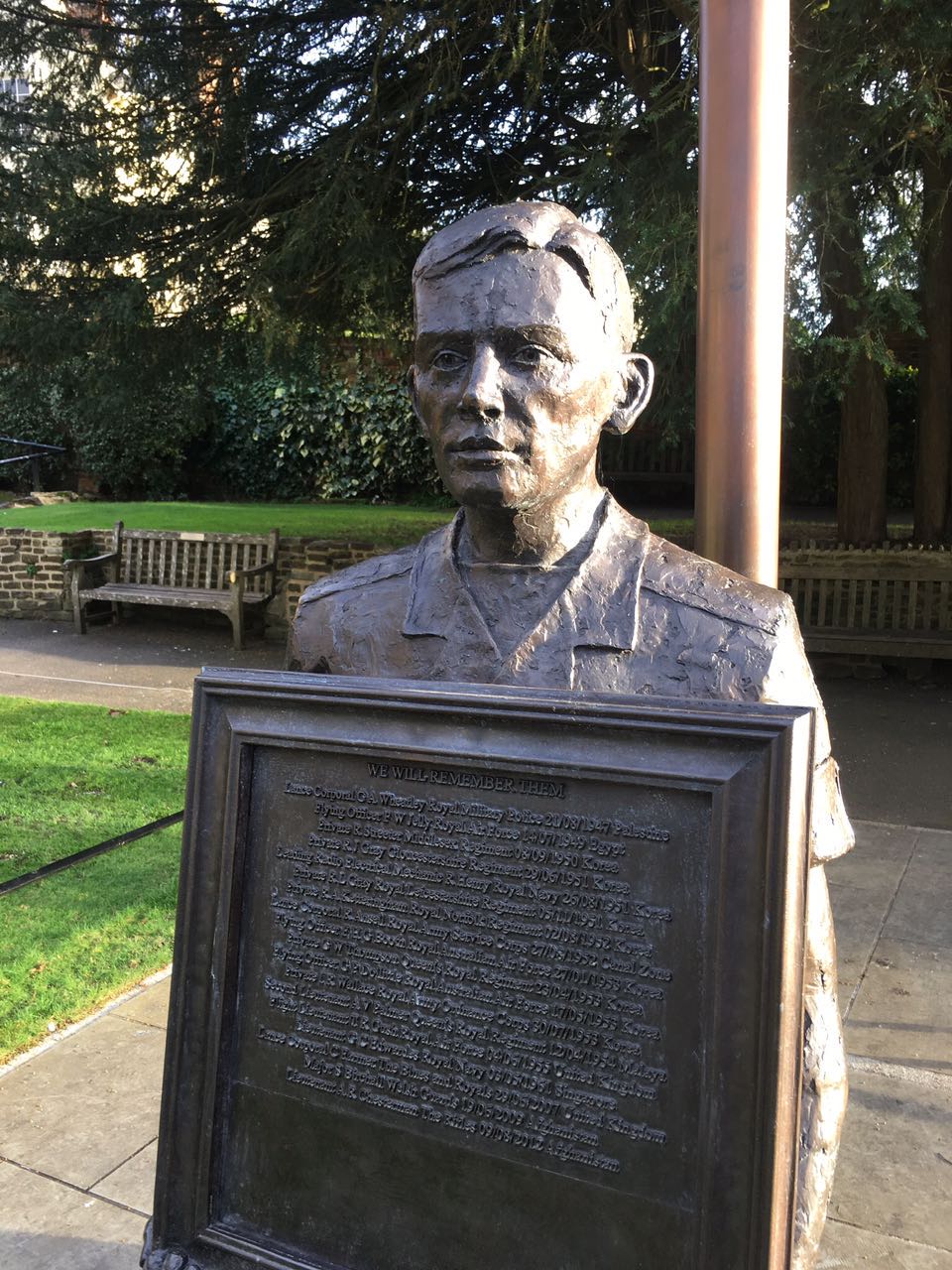
Henry’s bedchamber was painted green, with gold and silver stars, and he had a garden surrounded by a cloister with marble columns. In 1254, a fire damaged the hall and other buildings but the improvements continued.
In 1245, Henry bought land to extend the bailey. This was presumably the land along Quarry Street. He built a set of rooms for his son Edward, the heir to the throne, in 1246 when the boy was seven. The ruins at the end of Castle Cliffe Gardens are probably the remains of this.
In 1256, the gate on Quarry Street was built. John of Gloucester, the King’s master mason, and Alexander the King’s carpenter oversaw the work. They were in charge of all royal works south of the Trent. The original gate to the castle must have been on the other side of the bailey, opposite Tunsgate, but there is no trace of it today.
The new gate suggests that Henry had altered the whole focus of the castle. He later built more sets of rooms in this area, for his daughter-in-law Eleanor of Castile, and for his queen’s knights.
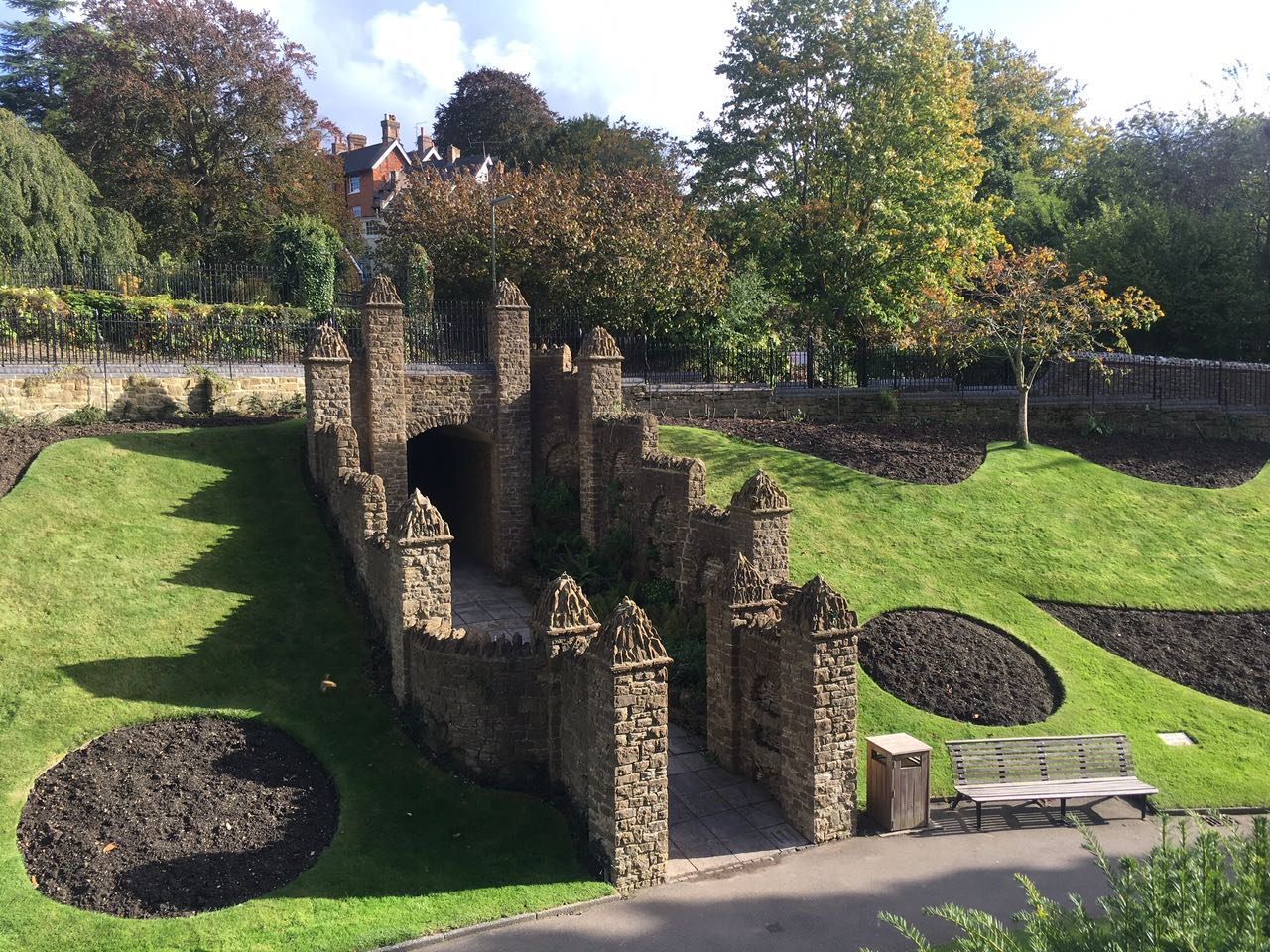
城镇居住
尽管该堡地和主堡主要用作住宅,但被置于严格的防御措施下,并在后来被用作准备爱德华一世对外战争的部队集结地。在历史上它从未受到过大规模攻击,尽管在亨利二世的儿子叛乱期间于1173年4月得到加强。此处主堡的高塔便可能与斯蒂芬统治时期的内战有关。
在1216年,这座城堡在没有与支持男爵对抗约翰国王的势力抗衡的情况下被放弃。在西蒙·德·蒙特福特叛乱十七也没有发生什么像样的战斗。然而,亨利三世的儿子爱德华在奥尔顿的一次战斗中抓获了叛军里的重要分子亚当·古登,并将其带回到吉尔福德。据说爱德华的妻子,卡斯蒂利亚的埃莉诺为亚当当面求情,才使得后者得以幸免并成为王室的忠实仆人。
在14世纪,不列颠岛南部政局开始逐步稳定,吉尔福德和其他内陆城堡的军事要塞功能逐渐衰落,并且变得残破不堪。到1379年,除了国王在主堡的大房间,吉尔福德堡地的大片建筑都被遗弃、拆除或改建他途。

从1360年代开始,在距离主堡很近的地方被圈为王室狩猎区并被持续改善。狩猎园隔在护城河另一端,被用作猎鹿使用,为王室提供食物。除此之外这里还有一个畜牧养殖区,马匹、牛,甚至兔子都在这里被蓄养。同时,周边的高大林木为周边建筑提供了大量木材,并为居民生火和附近的石灰窑提供了燃料,这里的石灰窑专门生产建筑石灰。
而主堡则继续被用作郡治的监狱,该监狱在16世纪初移至Southwark,并在1544年将约翰·戴本(John Daborne)用作城堡花园的园匠。在16世纪余下的时间里,他的家人很多都参与了这座城堡的建设。他们将砖窗和壁炉放在塔中,可能将其用作官邸。
1611年,城堡地产被授予弗朗西斯·卡特(Francis Carter),此后不久,他或他的儿子在城堡拱门建造了房屋。原堡地里的部分土地被划分耕种,并出租给其他人。 到后来,在1885年,拥有原堡地大部分地产物业的沃纳什·格兰特利勋爵将其出售给吉尔福德公司
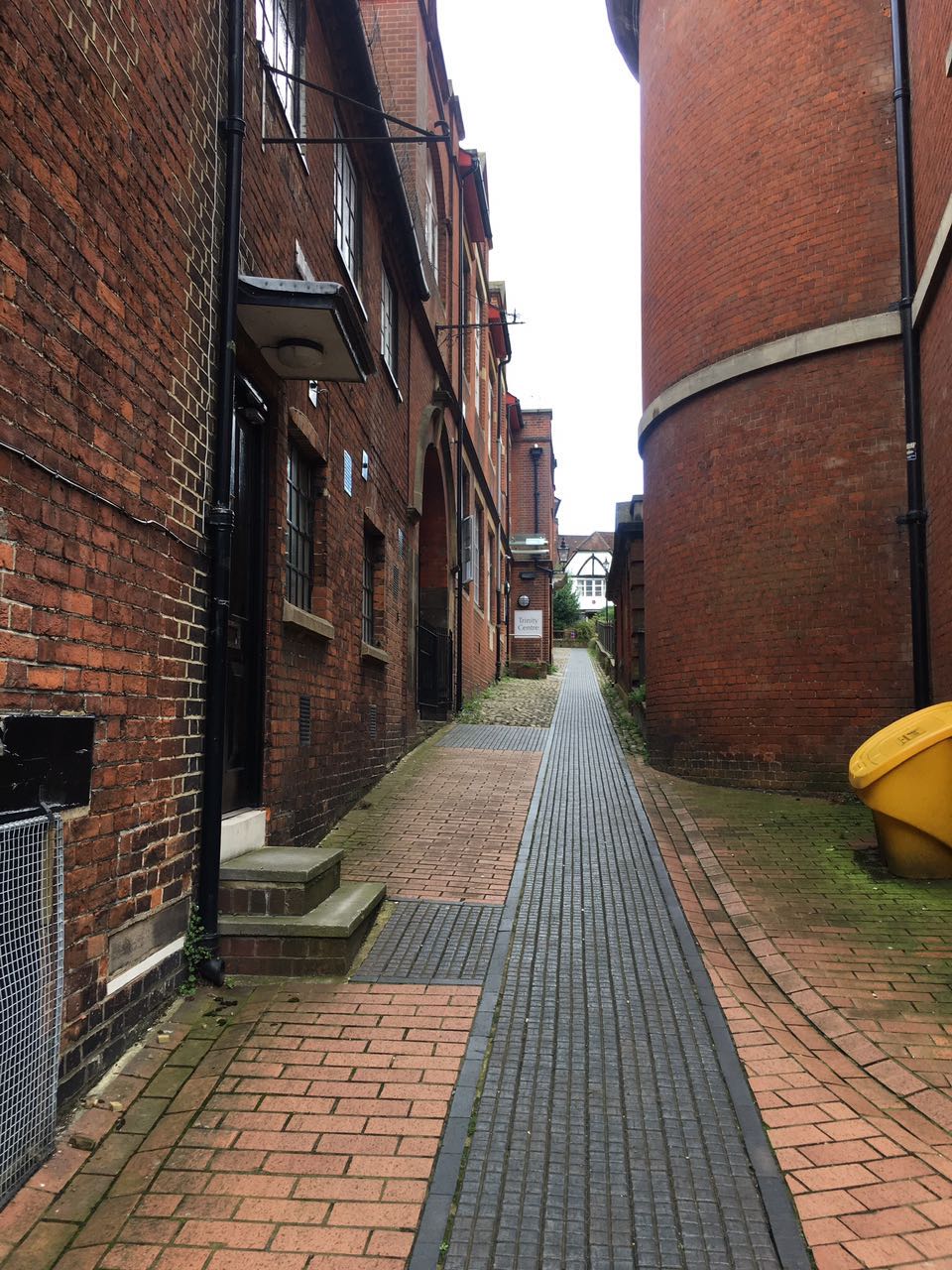
Dwelling and mustering point
Although the castle was mainly used as a dwelling, it was strongly defended and was used as a mustering point for troops preparing for Edward I’s foreign wars. It was never attacked, though it was strengthened in 1173 – 4 during the rebellion of Henry II’s son. The heightening of the great tower may be linked to the civil war of Stephen’s reign.
In 1216, the castle was given up without a fight to the forces supporting the barons against King John. There was no fighting during Simon de Montfort’s rebellion either. However, Edward, Henry III’s son, captured a rebel, Adam Gurdon, in single combat at Alton and brought him to Guildford. It is said that Edward’s wife, Eleanor of Castile pleaded for Adam’s life, and he was spared, to become a loyal servant of the crown.
In the 14th century, Guildford and other inland castles were no longer needed and fell into disrepair. By 1379 everything at Guildford had fallen down except for the King’s great chamber.
The moated hunting lodge in the royal park was improved from the 1360s, so that royalty could stay there. The park was across the river, and was used for hunting deer for sport, and to provide food for the royal household. There was also a rabbit warren. Horses were bred in the park, and oxen were grazed. The trees provided timber for building and fuel for fires and for limekilns, which produced lime for building work.
The Great Tower continued to be used as the county gaol. The Sheriff had a building next to it, probably of timber, from 1247. The gaol was moved to Southwark in the early 16th century and in 1544 John Daborne was made Keeper of the castle garden. His family was involved with the castle for the rest of the 16th century. They put the brick windows and the fireplaces in the tower, may have used it as an official residence.
In 1611, the castle estate was granted to Francis Carter and he, or his son, built the house at Castle Arch soon after this.
The tower was unroofed in about 1630. Parts of the grounds were farmed, and rented out to different people. In 1885, Lord Grantley of Wonersh, who owned a large part of the castle, sold it to Guildford Corporation.
